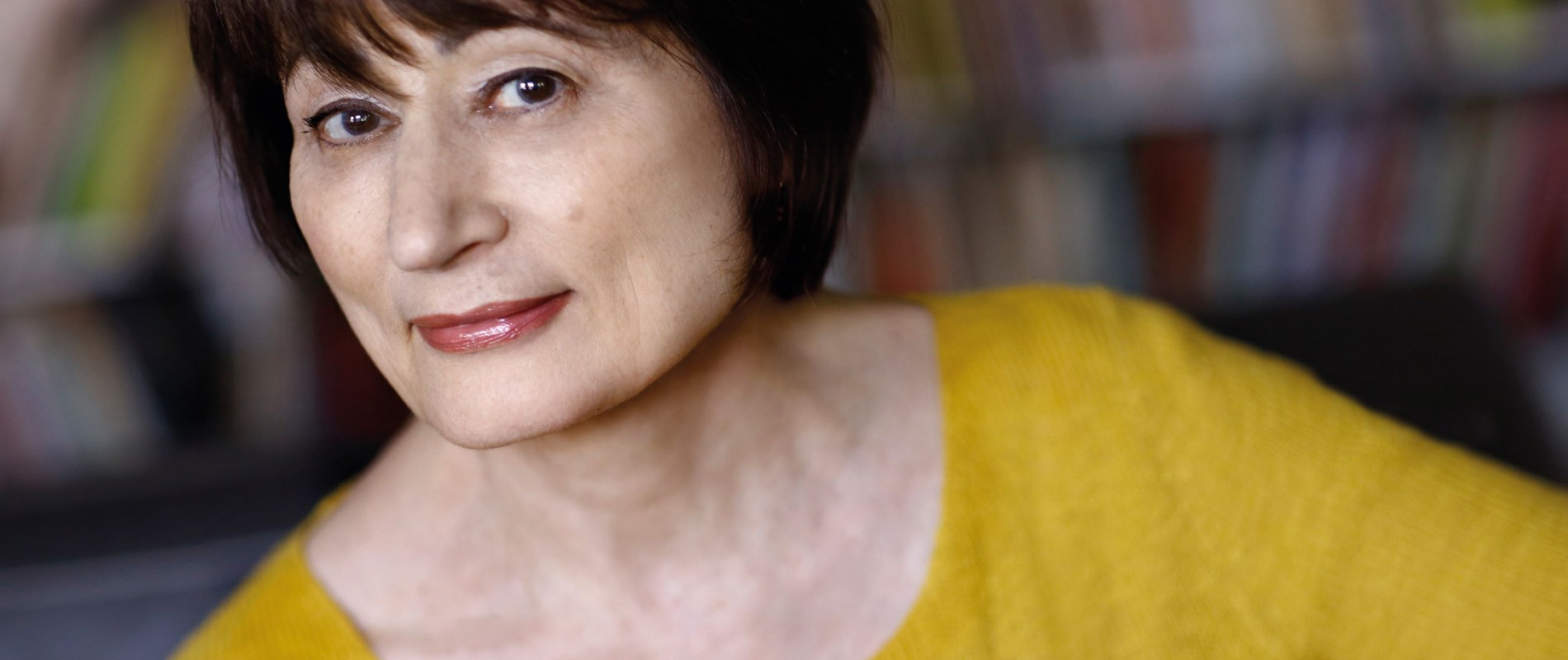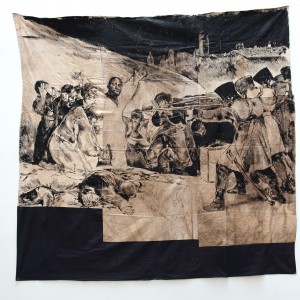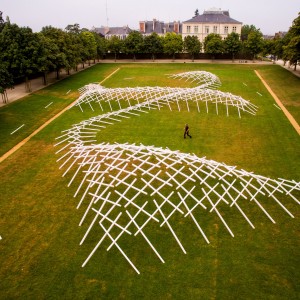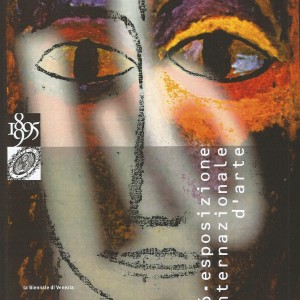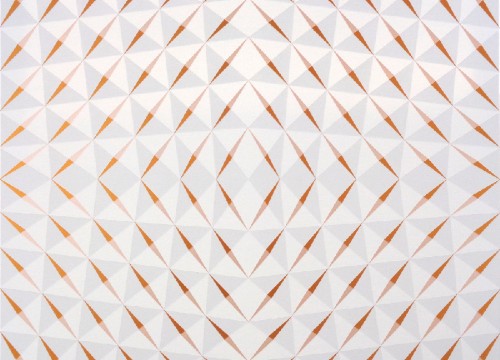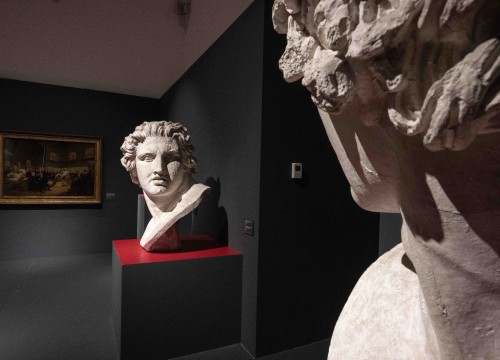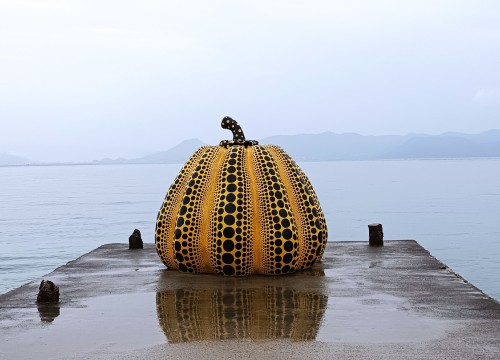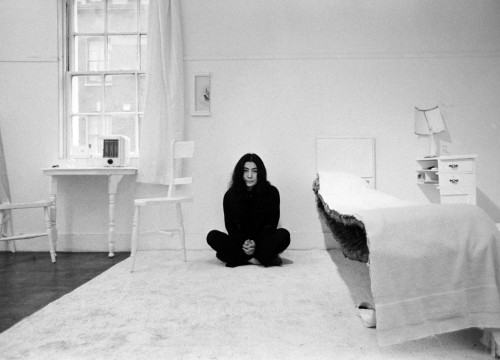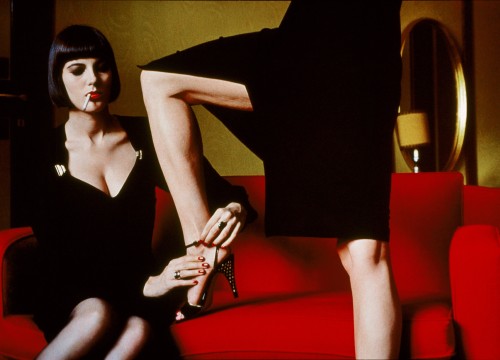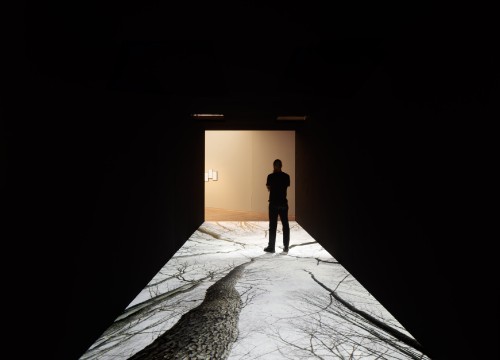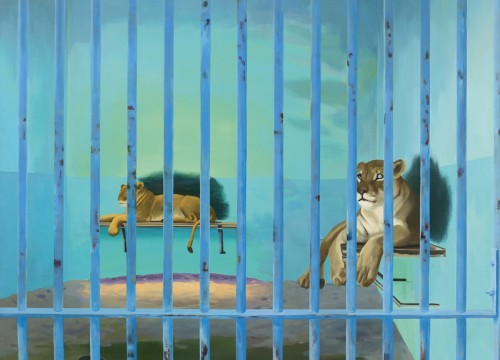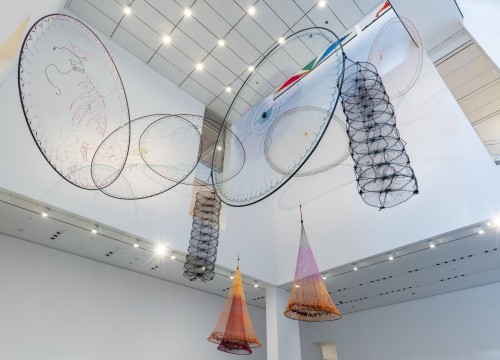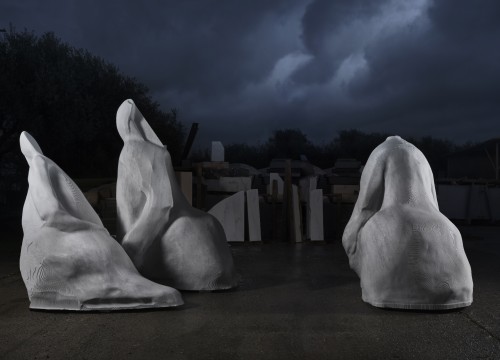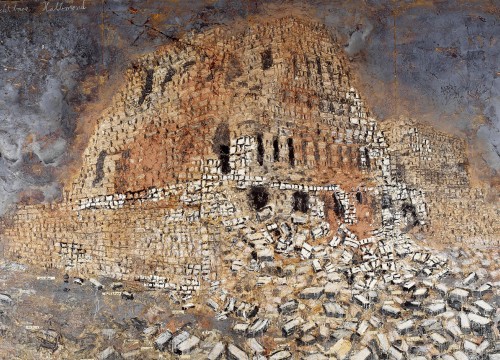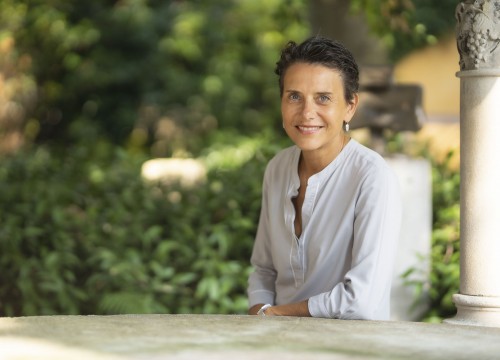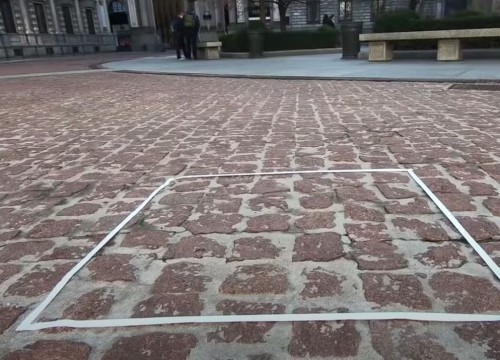The many faces of Catherine Millet
Journalist, art critic, writer, and founder of “Artpress”. She has played an important role in the French artistic milieu, which was previously too much inward looking
It was in the second ten days of October 1971, while visiting the VII Biennial of Paris at the Musée d’Art Moderne de la Ville - an event of transition, as Georges Boudaille defined it in the catalog, to be read, however, not as a compromise, but as a great opening to the future, as well as the most rigorous and theoretical reflection on conceptual art, on hyperrealism and on behavior - that I came across Catherine Millet for the first time, in her writing, in her curatorship, in her choices.
I found myself among the works of Joseph Kosuth, Vito Acconci, Daniel Buren, Gilbert and George, Dennis Oppenheim, Art & Language, Pierpaolo Calzolari, Gérard Titus-Carmel, Victor Burgin and others. A few months later, in February 1973, Milvia Maglione brought me a copy of the first issue of “Artpress”, telling me about Paris of the early 1970s, about living there with Lucio Del Pezzo, about Daniel Templon’s interest in international conceptual art, of Support-Surface, and about “Textes sur l’art conceptuel”, a book that I would read many times.
I found the name of Catherine Millet, essayist, co-founder and editor-in-chief of a magazine with a transversal and cross-over view of the arts, which brought together Marcel Duchamp, Barnett Newman, Ezra Pound, Walter Gropius, John Cage and Joseph Kosuth.
I became an unaccustomed reader of it. In the following years Millet deals again with the Biennial of Paris (1977), she invents the exhibition “Baroque 81” (which talks about the return to painting), is increasingly involved in promoting the French art world (“Art contemporain en France”, 1987) and as curator for France at the Sao Paulo Biennial in Brazil in 1989, she proposed Alain Jacquet, Antonio Semeraro, Philippe Thomas, as well as a retrospective of Yves Klein, to whom she had dedicated a monograph in 1982. But it is César who is the object of her attention: just think of the accurate and exhaustive article written in the January/February 1976 issue of Artpress number 22 with the title “Un sculpteur - César: toucher l’objet!”. She is the only Commissar of the French pavilion at the XLVI International Art Exhibition of the Venice Biennale in 1995, and it is here that I find myself in front of my sculptor friend’s 520 tons of compressed metal.
At the beginning of the third millennium, with “La vie sexuelle de Chaterine M.” (Éditions du Seuil), a worldwide success with almost fifty translations and three million readers with which she won the 2001 Sade Prize, Millet shuffles the cards and in the unequivocal identification with the protagonist of the novel she performs a sort of performance in which the body, her body, is the absolute protagonist, between exhibitionism and provocation.
That provocation/social commitment exercised by signing on “Le Monde” of May 23rd 1977, with Aragon, Barthes, Deleuze, Sartre and others, a petition to repeal some articles of the law on the age of consent, and is reiterated in the open letter published by “Le Monde” on January 9th 2018 written by five women (Her, Sarah Chiche, Catherine Robbe Grillet, Peggy Sastre and Abnousse Shalmani) and signed by another hundred women including Catherine Deneuve, against the #MeToo movement and in defense of the “freedom to bother, which is essential to achieve sexual freedom.”
Since then we have had a sequence of titles including “Dalí et moi” (2005), “Art contemporain: Histoire et Géographie” (2006), “Aimer Lawrence” (2007), “Jour de souffrance” (2010), “Une enfance de rêve” (2014), and of awards such as “Le Prix de la Coupole” (2014) and “Le Prix François Morellet” (2016). Adding to this we have the recent attention on “Artpress” for Mark Tobey, Jesús Rafael Soto, Johann Le Guillerm, Carlos Augusto Giraldo and Roméo Mivekannin. All of this confirms the quality of her writing and her constant attention on the use and function of language. All of these reasons spark the desire to ask the eclectic and multifaceted Catherine these seven questions.
What does it mean to have started writing about art for Louis Aragon’s “Lettres Françaises”?
For a work that I am writing, I recently flipped through several issues of “Lettres Françaises” from the late 1960s and early 1970s. Well, I don’t see in today’s French press the equivalent of a cultural magazine with such a demanding spectrum, breadth and intellectual quality.
Every week long interviews and essays by the biggest names (Lévi-Strauss, Foucault) and ideological battles for freedom of expression. What wealth! And what a level of thought! I am proud to have started with this publication. Today the intensification of cultural exchanges thanks to the plurality of the press and thanks to the internet is unfortunately at the expense of the deepening of knowledge.
I have never met Louis Aragon in the newspaper’s offices. I have only met him twice, on the occasion of the vernissage of two artist friends, Gérard Titus-Carmel et Marc Albert-Levin, both writers at that time. Aragon was very attentive to young poets, writers and artists. He was, as they say, a great character. Someone whose symbolic weight mattered in intellectual life, you could either love him or fight him! I was too shy to dare talk to him when I was introduced to him and too ignorant.
Today, I am a great admirer of his literature, in particular of the novels of the cycle “Monde réel” and undoubtedly of “La Semaine Sainte”. Jacques Henric, who was very close to Aragon told me one day that he had written “La Semaine Sainte” during the boring assemblies of the communist party.
"When I was introduced to Louis Aragon, I was too shy to dare to talk to him"
How and why was “Artpress” born?
Before the era of the industrial press, the reasons for founding a newspaper or magazine corresponded to defend a political idea or a current of thought, or an artistic movement that was not sufficiently recognized. “Artpress” was founded by people eager to open up the French artistic milieu which was still too folded in on itself, and also to take an interest in the American avant-garde. We also wanted to better articulate formal research and theoretical research.
The two currents that realized this this objective were, on the French side, Support-Surface and, on the Anglo Saxon side, conceptual art, in particular the Art & Language group.
Nonconformist, she signed along with a hundred women including Catherine Deneuve against the #MeToo movement
What remains of the long and important collaboration with Daniel Templon?
What remains is a friendship and some complicity in spite of what today separates us in our way of life and in our aesthetic choices. Daniel and I come from the same small town in the Parisian banlieu and from the same small bourgeoisie. When I met him I was still a high school student while he was a student who earned his living by teaching gymnastics. We made our professional debut together, at a time when there was still no talk of contemporary art, only of the avant garde.
That is to say that we belong to a generation that really gave birth to the art world we know today, but before the world of finance took it over and the entertainment industry sweetened it. Certainly we worked hard, but we were in a period where there was a lot of solidarity and a lot of joy because it was experimental. Preserving the memory of this era helps us not to go astray today.
"A friendship and complicity has remained with Daniel Templon, despite the fact that we have gone separate ways"
Conceptual art, minimalism, Support-Surfaces and then “Baroques 81”. How so?
I organized “Baroque 81” at the request of Suzanne Pagé, at that time director of the Musée d’art moderne de la Ville de Paris with the aim of recording the profound transformation taking place at that time in contemporary art. At the beginning of the ‘80s, there was much talk of a return to painting after several decades of post-dadaism.
But what interested me in this current were above all the works that, while using the traditional painting techniques were disturbed, troubled, haunted, and sometimes undermined by the iconoclastic experiences that had come before them. More so, some artists who participated to the exhibition had previously dedicated themselves to neoDadaism or conceptual practices or had devoted themselves to performance.
In the autobiographical novel "La vie sexuelle de Chaterine M." the absolute protagonist is her body between exhibitionism and provocation
Can art be considered some type of glue for society?
It is culture that acts as a social glue, because it is tributary to a language, a history and even more so to a religion. It is evident that such an important relationship with the image in Western culture is largely explained by its religious history. At the same time, we must be vigilant that what is meant by culture is not confused with isolationism. I believe that we, especially citizens of Western Europe, are the inheritors of a culture that has been abundantly traversed and subjugated by foreign influences and we know to what extent this is important.
Culture is a solid but permeable foundation. Art is something else. It is the unique relationship that is established between an individual, the artist, who has given form to his or her deepest thoughts, and a spectator who learns about this form from his own singular subjectivity. Art offers exceptional moments the further we stray from the idea of community.
What does it mean to be a provocateur?
The true provocateur doesn’t know he is one. It is the reaction of the one who is shocked that reveals his being a provocateur. The provocateur is a naïve person who believes he can express his truth in total sincerity.
Journalist, museum curator, writer, art critic and essay writer: but who is Catherine Millet?
Catherine Millet was a teenager animated by the desire to write. The circumstances of life have made it possible for her to first satisfy this desire by writing about art. Writing things related to art developed her sense of observation, which served her well, first in her personal life and then in the narration of this life through autobiographical books.
Organizing a few exhibitions and especially directing the editorial staff of a magazine, activities that require pragmatism and a mastery of logistics have been very useful to her in preserving a sense of reality and participating in the city life.
If I enjoy answering you with the third person singular it is not out of megalomania. Rather, it is because I always maintain a relationship of distance with myself. This comes naturally to me but is accentuated by the fact that I have written many autobiographical works in the first person. I swear to you that this helps to relativize yourself.

